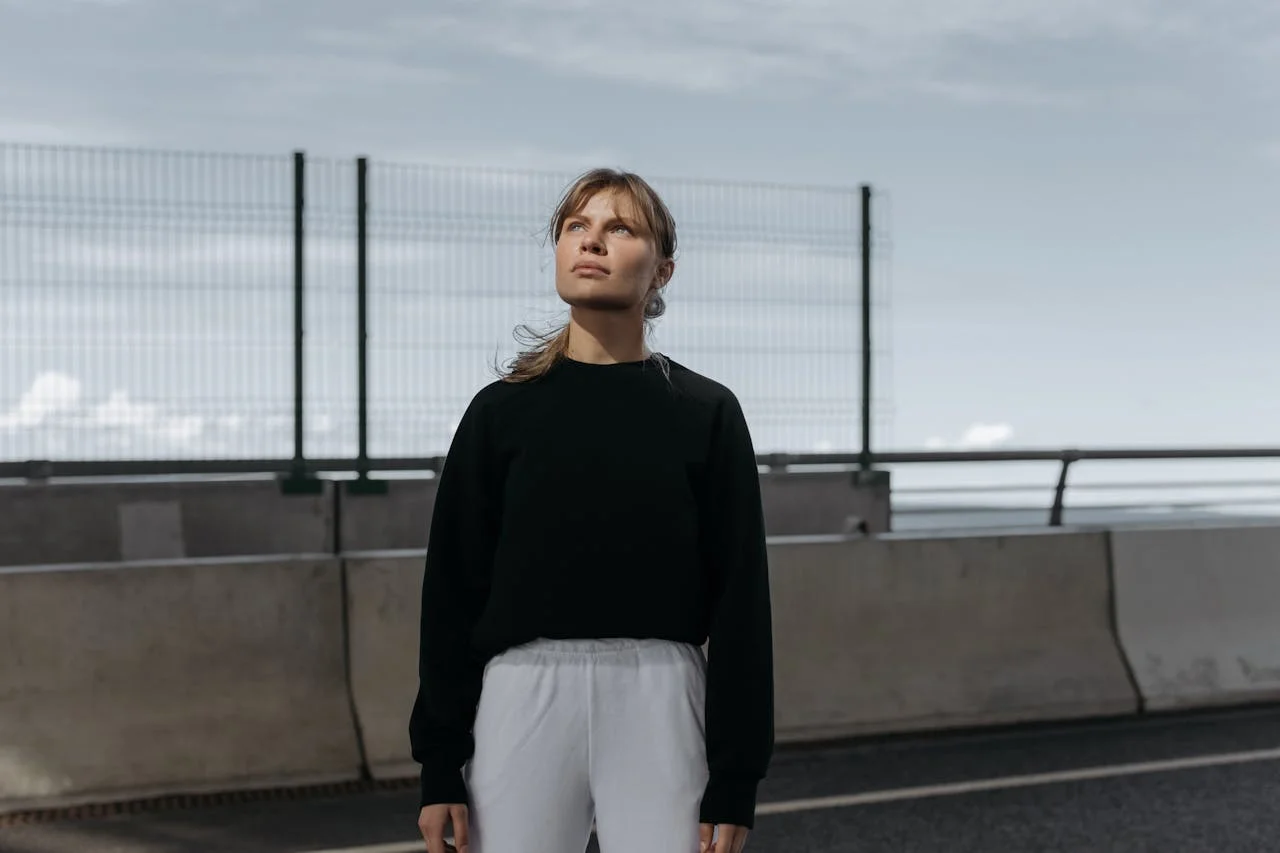
You may have been told to “just be grateful” when life gets rough, and I can tell you firsthand that this advice misses the mark completely. Real gratitude isn’t about slapping a smile over your pain or pretending everything’s fine when it’s not. I’ve watched too many people force themselves into fake thankfulness, only to feel worse about their genuine struggles. There’s a better way to practice gratitude that honors your full human experience while still cultivating appreciation—and it starts with understanding what you’re doing wrong.
Acknowledge Your Struggles Before Finding Silver Linings

When you’re going through a tough time, the last thing you want to hear is someone telling you to “look on the bright side.” I can tell you from experience that forced positivity doesn’t work, and it actually makes things worse because it dismisses your real pain.
You can’t skip over your emotions to get to gratitude. That’s like trying to build a house without laying the foundation first. I’ve never seen anyone heal by pretending their problems don’t exist. Instead, you need to sit with your feelings, acknowledge what’s genuinely difficult, and give yourself permission to feel frustrated, angry, or scared.
Only after you’ve honored your struggle can you authentically find things to appreciate. This approach gives you real power over your emotional state. Remember that prioritizing self-love is crucial to your wellbeing, and taking small steps forward in caring for yourself can lead to significant changes in how you experience gratitude.
Practice Gratitude for Small, Concrete Things Rather Than Big Abstract Concepts
The most effective gratitude practice focuses on tiny, tangible details you can actually see, touch, or experience right now. I can tell you that saying “I’m grateful for my health” won’t change your brain chemistry like noticing “the warmth of this coffee mug in my hands” will.
Your mind craves specifics, not vague concepts. Instead of “grateful for family,” try “grateful for my daughter’s laugh when she watches cartoons.” Rather than “thankful for opportunities,” notice “the soft keyboard keys under my fingertips as I type this email.”
I’ve never seen anyone build real gratitude momentum by thinking about abstract blessings. But concrete details? They create neural pathways that stick. Your morning sunlight, that comfortable chair, your functioning phone – these small, real things rewire your brain for lasting change.
This approach of recording everyday joys like tastes, sights, sounds, and smells creates more meaningful entries than broad generalizations about life’s blessings.
Allow Room for Multiple Emotions to Exist Simultaneously

You don’t have to choose between gratitude and other emotions – they can all live in your heart at the same time. I can tell you from years of experience that the most powerful people I know don’t suppress their feelings to make room for gratitude. They hold space for everything.
You can feel grateful for your job’s financial security while also feeling frustrated with your demanding boss. You can appreciate your partner’s loyalty while acknowledging disappointment about specific behaviors. I’ve never seen anyone build real strength by pretending negative emotions don’t exist.
When you practice gratitude alongside other feelings, you’re not being fake or contradictory. You’re being human, complex, and authentic – qualities that actually increase your personal power and credibility with others. Your inherent worth exists independently of any single emotion you’re experiencing, which means you don’t need to perfect your emotional state to be valuable.
Focus on Growth and Resilience Rather Than Being Thankful for Trauma
Although society often pushes the message that we should be grateful for our worst experiences, I need to tell you something pivotal: you don’t owe gratitude to trauma, abuse, or devastation. I can tell you from years of observation that resilient people don’t thank their abusers or celebrate their suffering. Instead, they acknowledge their own strength in surviving it.
Focus your gratitude on your resilience, your courage to seek help, your determination to heal. Be grateful for the people who supported you, the therapy that helped you process, the boundaries you’ve learned to set. I’ve never seen anyone truly heal by being thankful for being hurt. You can appreciate your growth without glorifying what caused your pain. When you’re ready to prioritize growth over staying comfortable in familiar patterns of thinking, you’ll find that authentic gratitude becomes a natural part of your healing journey rather than a forced obligation.
Express Appreciation Without Minimizing Others’ Pain

When someone shares their struggles, resist saying things like “At least you have your health” or “Others have it worse.” I’ve never seen these responses actually help anyone heal. Instead, you can hold space for their pain while maintaining your own grateful perspective.
Express your appreciation separately from their moments of vulnerability. Say “I hear you” first, then share your gratitude practices later when appropriate. This approach builds real connection, gives you authentic influence, and shows the emotional intelligence that powerful people possess. Reciprocating personal disclosures at the appropriate level of vulnerability creates a safe space for deeper connection to develop naturally.
Create Gratitude Practices That Feel Authentic to Your Personality
Forcing yourself into someone else’s gratitude routine feels like wearing clothes that don’t fit, and I’ve watched countless people abandon their practice because they picked methods that clashed with their natural tendencies.
Your gratitude practice should feel like a favorite sweater, not a straitjacket that constricts your natural way of being.
If you’re analytical, create data-driven approaches like tracking gratitude trends or categorizing appreciation themes. Visual thinkers thrive with gratitude boards, photo journals, or sketching meaningful moments. Writers flourish through detailed journaling, while movement-oriented people find power in gratitude walks or physical rituals.
I can tell you that introverts need private reflection time, while extroverts gain energy from sharing appreciation with others. Some people need structured daily practices, others prefer spontaneous moments of recognition.
Your gratitude practice should amplify your strengths, not fight against them. Pick methods that energize you rather than drain your willpower. Consider adding inspirational quotes to your gratitude practice through printable stickers that can be easily incorporated into journals or planners for an extra dose of motivation.
Use Gratitude as a Tool for Perspective, Not as Emotional Suppression
The most dangerous gratitude trap I’ve witnessed destroys people’s emotional health: using appreciation as a weapon against legitimate feelings. I can tell you that gratitude becomes toxic when you wield it to silence your anger, sadness, or frustration instead of processing them.
Real gratitude gives you perspective alongside your emotions, not instead of them. Here’s how you maintain that pivotal balance:
- Feel first, appreciate second – Let yourself experience disappointment about your job situation, then recognize what you learned from it
- Use “and” instead of “but” – Say “I’m struggling with this situation AND I’m grateful for my support system”
- Set emotional boundaries – Tell people who dismiss your feelings with gratitude lectures to back off
When difficult emotions arise during gratitude practice, try placing your hand over heart for 30 seconds to activate your body’s natural soothing system while acknowledging both your struggles and appreciation.
You deserve to feel your full emotional range while still appreciating what’s good.
Conclusion
You don’t have to choose between gratitude and authenticity. I can tell you that real gratitude grows naturally when you’re honest about your struggles, focus on concrete details, and give yourself permission to feel multiple emotions at once. You’ll find that gratitude becomes a genuine tool for perspective, not a mask for pain. Start small, be patient with yourself, and let it unfold organically.



Leave a Reply